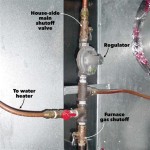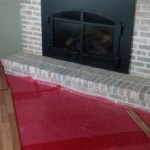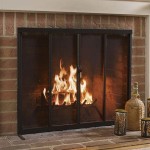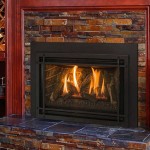Gas Fireplace Hearth Requirements
A gas fireplace can be a beautiful and functional addition to any home, offering warmth and ambiance. However, before installing a gas fireplace, it is crucial to understand the necessary safety requirements. One of the most important considerations is the hearth, which serves as a protective barrier against the heat and potential hazards of the fireplace. This article will delve into the essential requirements for gas fireplace hearths, covering key safety aspects and considerations.
1. Material and Dimensions
The hearth must be made of non-combustible materials, such as concrete, brick, or stone. These materials are designed to withstand high temperatures without igniting or warping. The size of the hearth depends on the size and output of the fireplace. A minimum of 16 inches in front and 12 inches to each side of the fireplace opening is generally recommended. However, specific requirements may vary depending on local building codes and the fireplace manufacturer's specifications.
Furthermore, the hearth must extend a minimum of 16 inches in front of the fireplace opening. This extension provides a safe distance for people to stand and prevents accidental contact with the hot fireplace. The hearth must also be level and securely attached to the floor. Any gaps or uneven surfaces can create potential hazards. It is recommended to consult with a qualified professional to ensure the hearth meets all the necessary safety requirements.
2. Installation and Clearance
The installation of the hearth is equally important for ensuring safety. The hearth must be installed according to the manufacturer's instructions and local building codes. It should be properly supported and anchored to the floor to prevent movement or collapse. Furthermore, adequate clearance must be maintained between the hearth and any combustible materials. This clearance, typically measured in inches, varies depending on the type of fireplace and the specific manufacturer's guidelines.
The recommended clearances are intended to prevent the surrounding materials from overheating and potentially igniting. For example, if combustible materials are within the required clearance zone, they must be protected with a non-combustible barrier or heat-resistant material. These barriers can consist of fire-rated drywall, metal sheets, or other approved materials.
3. Inspection and Maintenance
Regular inspection and maintenance are essential for ensuring the safety and longevity of the gas fireplace hearth. Routine inspections help identify any potential hazards, such as cracks, defects, or loose materials. It is advisable to have a qualified professional inspect the hearth annually or as needed. Additionally, it's crucial to keep the hearth clean and free of debris. Accumulated debris can pose a fire hazard and affect the performance of the fireplace.
Maintenance tasks include sweeping the hearth's surface, checking the fireplace's vent system, cleaning the burner, and ensuring proper operation of the gas valve. These tasks should be performed according to the manufacturer's instructions. Any repairs or adjustments should be made by a qualified professional to ensure safety and adherence to building codes.

Fireplace Hearth Extension Rules Structure Tech Home Inspections
Is It Necessary To Have A Hearth By Natural Gas Fireplace That 6 Inches From The Floor Quora

Fireplace Construction

Here S How Install A New Fireplace Surround And Gas Logs

Gas Fireplace Hearth Requirements With Real Examples

Fireplace Safety And Codes

Fireplace Hearths A Guide To Building Regulations

Gas Fireplace Hearth Requirements With Real Examples

Is A Hearth Required For Gas Fireplace Upgradedhome Com

Mantel And Hearth Considerations For Your Fireplace We Love Fire
Related Posts








